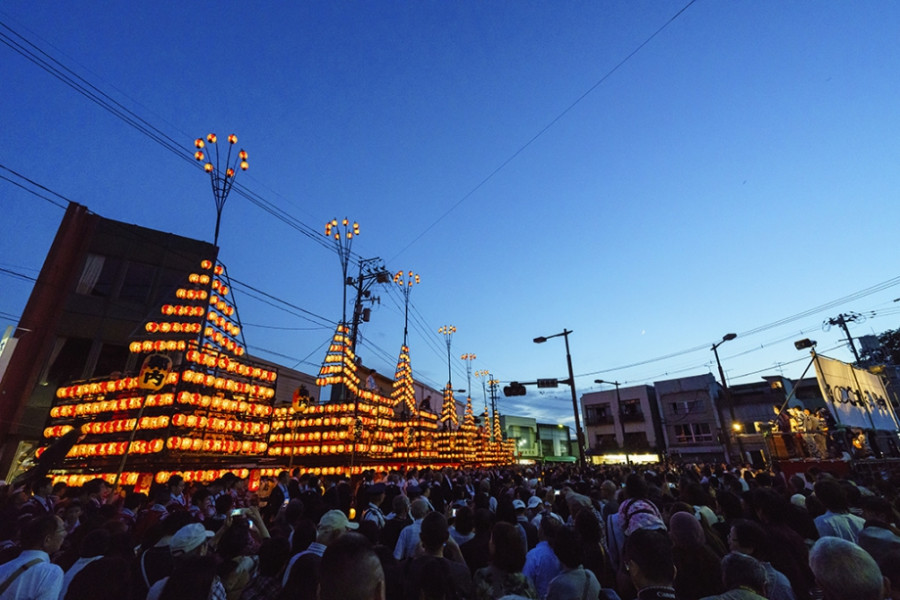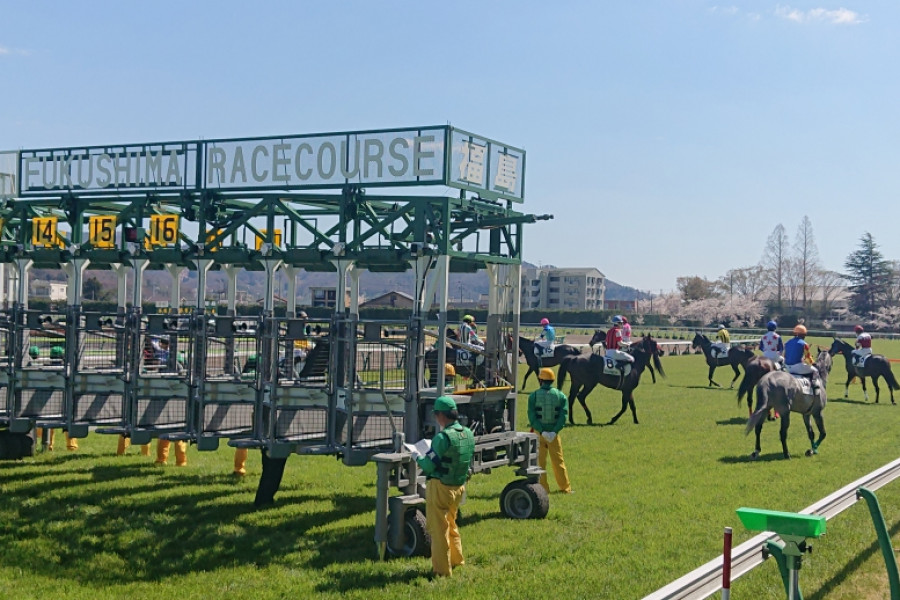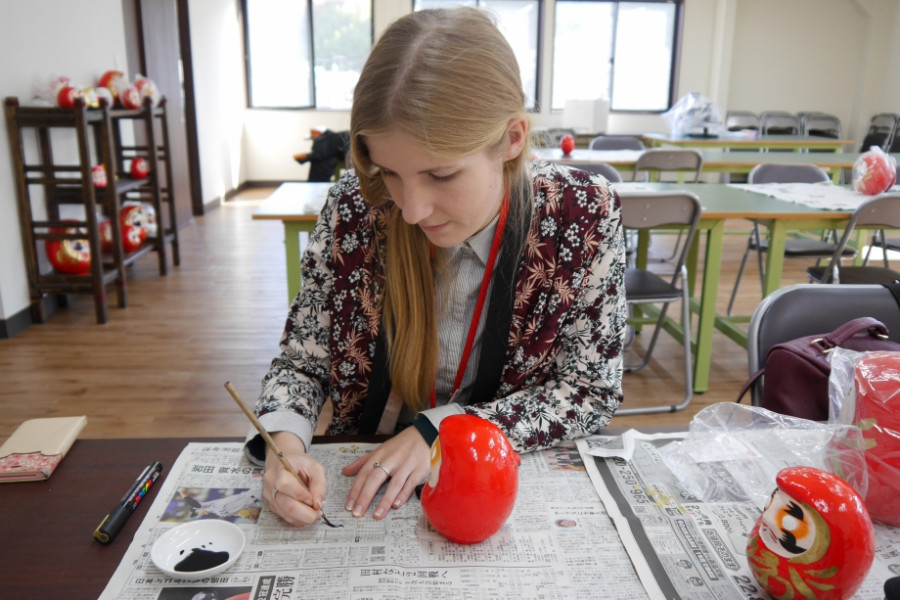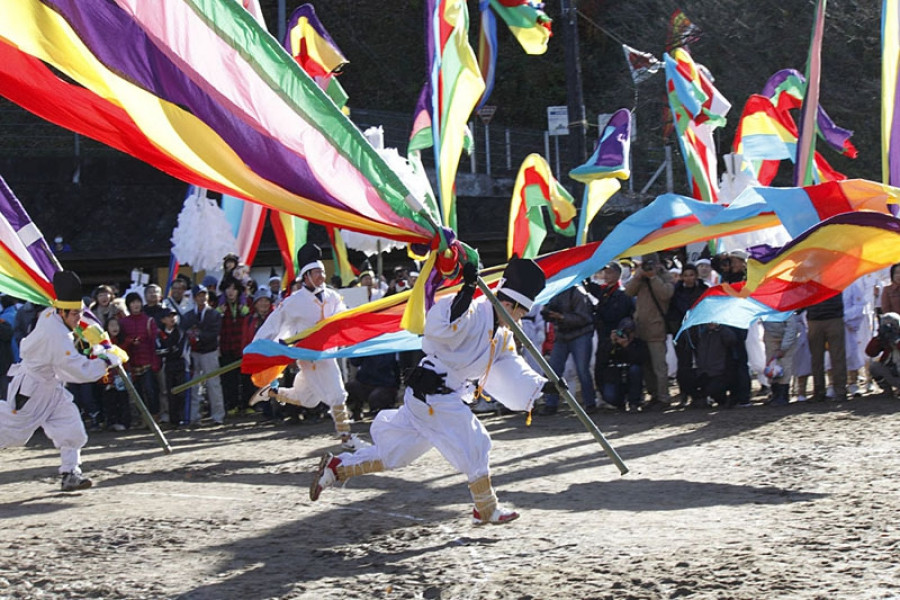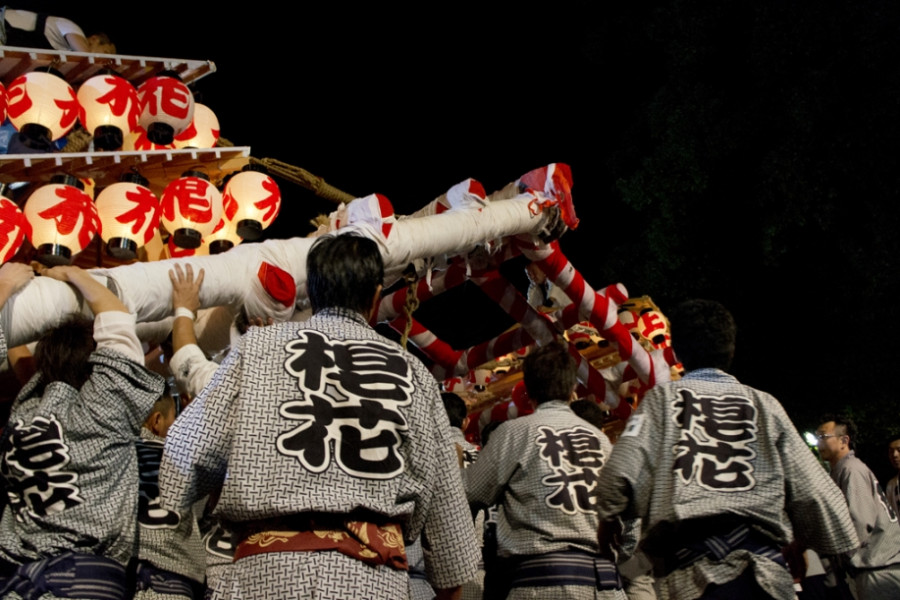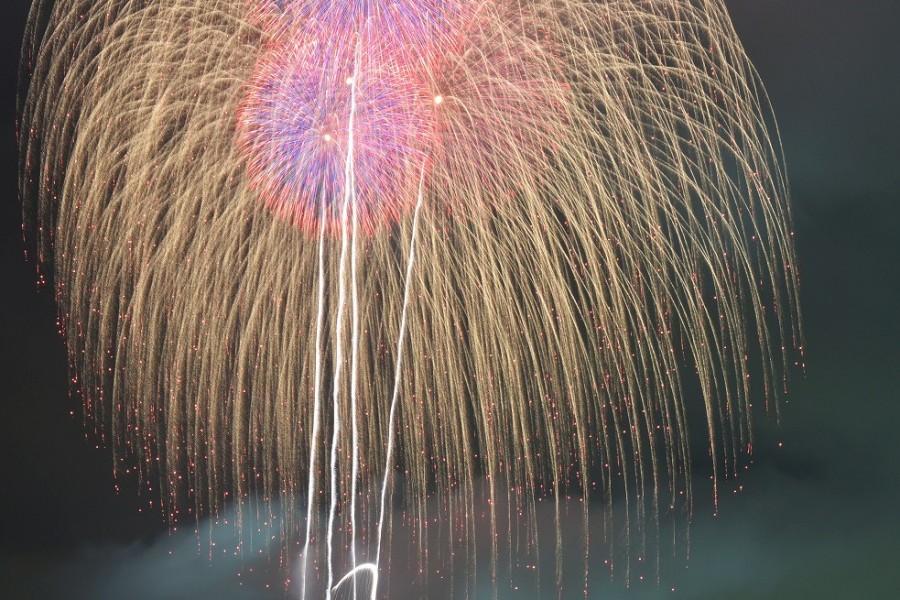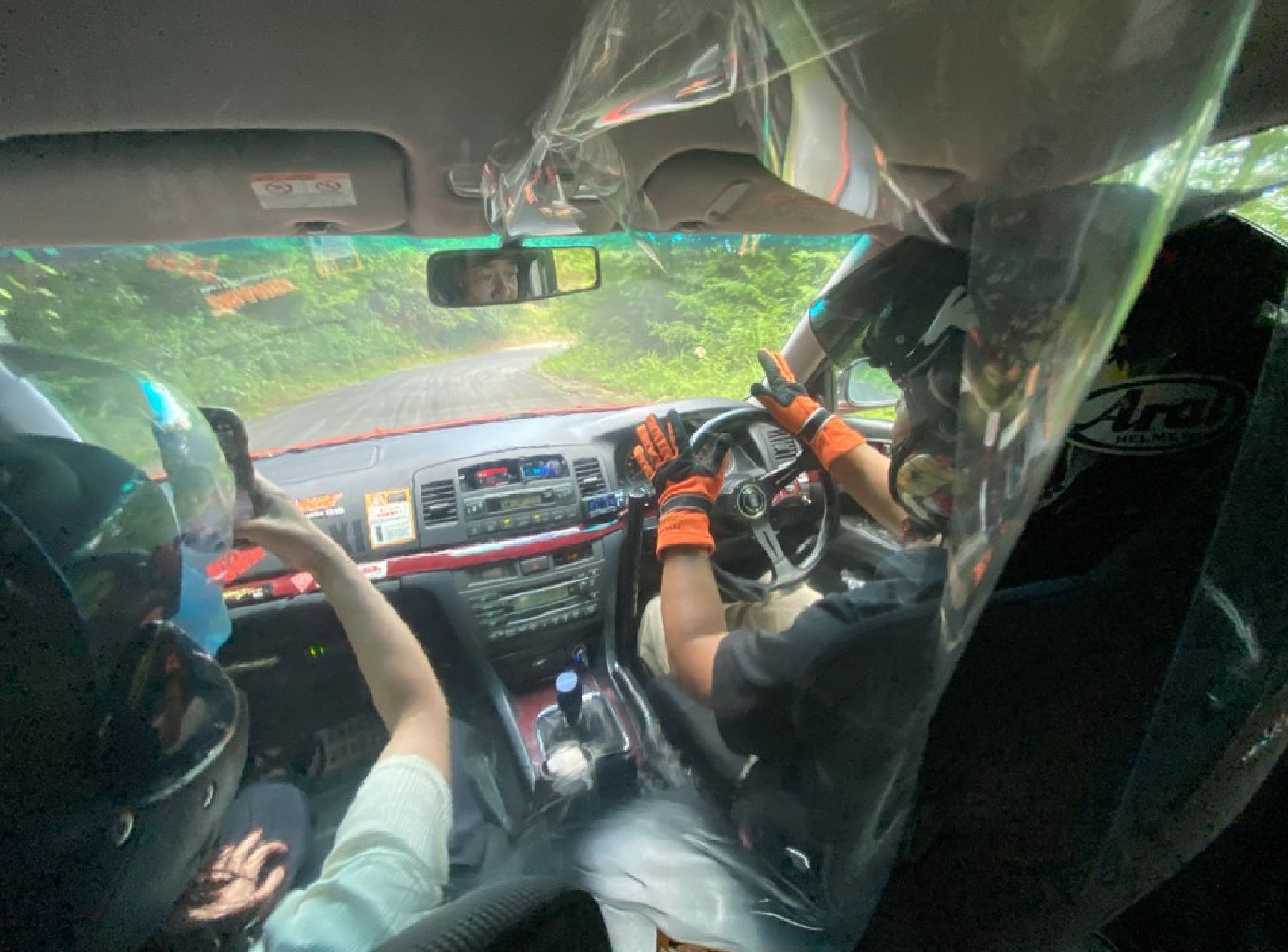Events
Ebisu Drift Matsuri (Ebisu Drift Festival)
The Ebisu Circuit is a famous car racing track and drifting school in Nihonmatsu. Three times a year, it holds the Ebisu Drift Matsuri (Ebisu Drift Festival), a thrilling event that gathers car drifting fans from across Japan and abroad.The festival usually goes from Saturday morning to Sunday afternoon, during which participants can drift all day and night in the designated courses for a set fee. There are typically three Drift Festivals a year: Spring Drift Festival (ドリフト春祭り): Usually held in April Summer Drift Festival (ドリフト夏祭り): Usually held in August Autumn Drift Festival (ドリフト秋祭り): Usually held in NovemberParticipating in the Drift Festival is a perfect opportunity to get the most out of a visit to the Ebisu Circuit. For instance, using the racing courses at the Circuit would normally require a reservation, but, during the event, participants are free to use the course of their liking between the available options. Because of that, cars run right next to each other, making the already exciting prospect of drifting even more adrenaline-packed!To participate, you can register at the website before the event. Even if you cannot drive, you can make your way there to watch the incredible maneuvers of drifters as they screech their way through the courses. A big allure of the festival is the atmosphere of being among drivers and car enthusiasts.The information in this post is accurate as of 2023 but could change. For updated information, please refer to the official site of the Ebisu Circuit (in Japanese).

